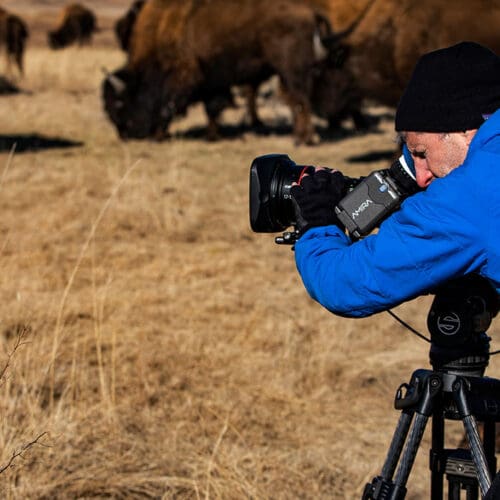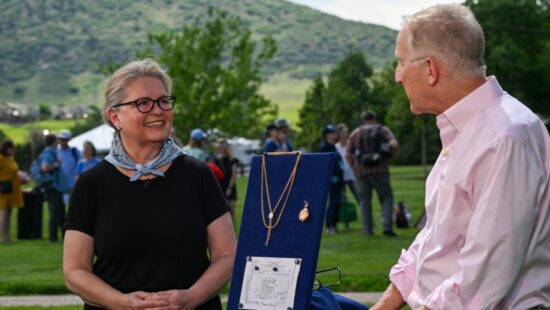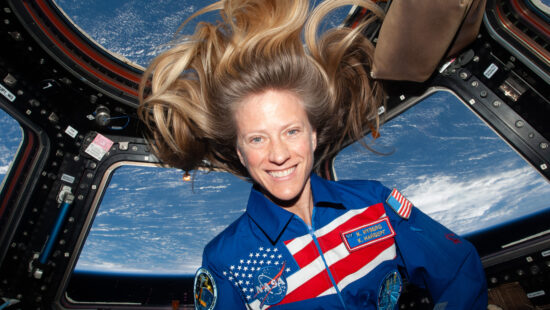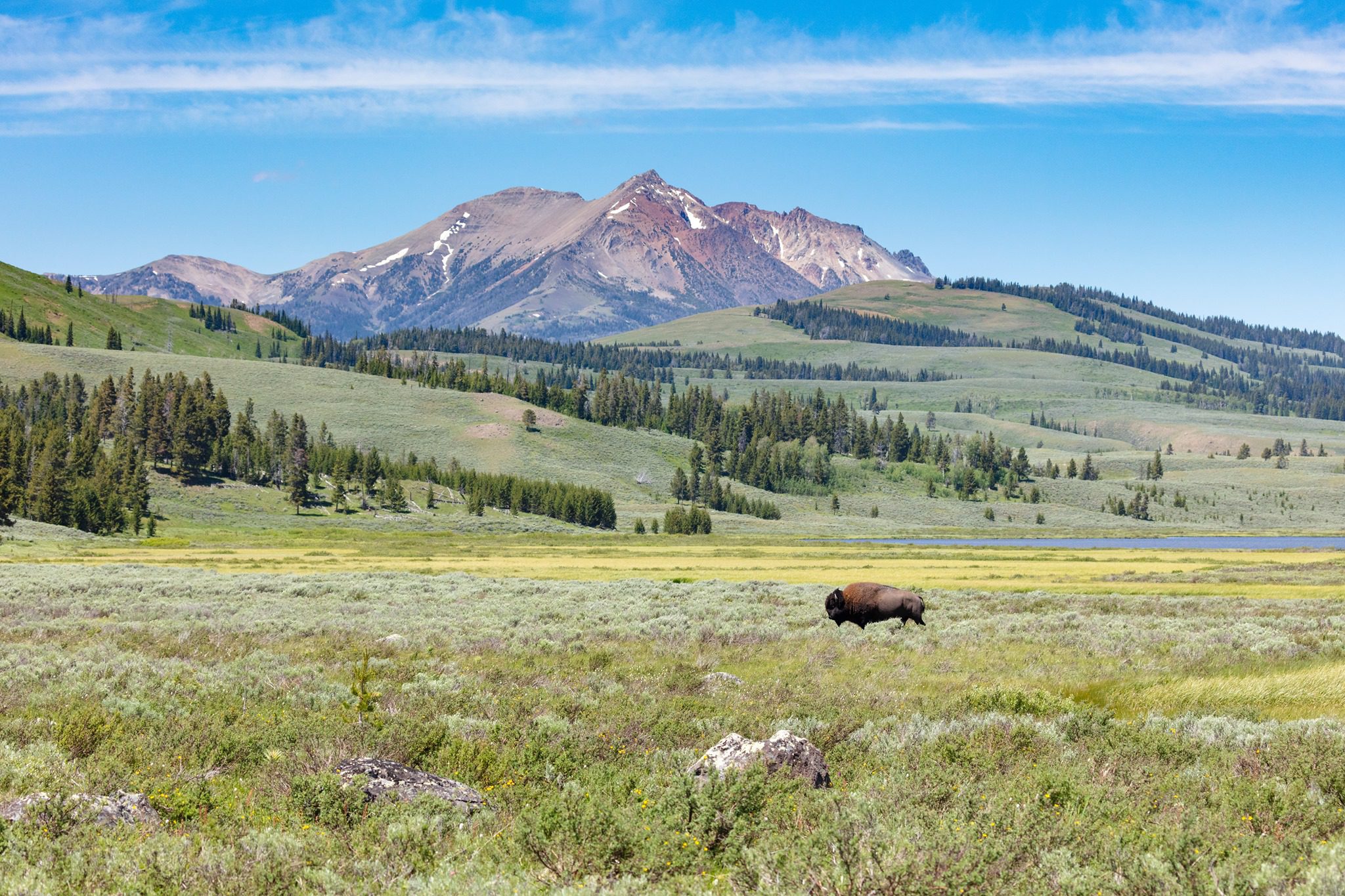History
New ‘American Buffalo’ documentary is about Utah, too
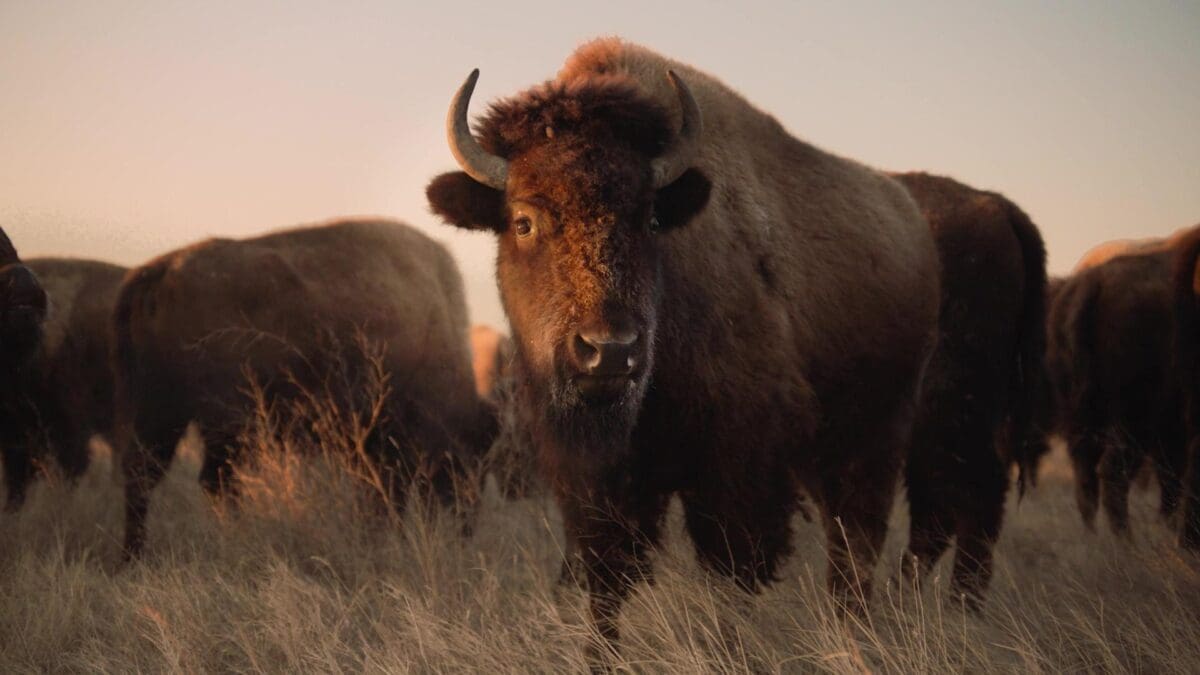
"American Buffalo," PBS Photo: PBS.
Sensational bison documentary is streaming free now
Ken Burns’s new documentary, “American Buffalo,” made its debut in a PBS broadcast on two nights last week and is now available for free streaming online.
The documentary plays in two two-hour episodes.
PBS calls it “the dramatic story of America’s national mammal, which sustained the lives of Native people for untold generations.”
It is sumptuous and informative, especially for people who don’t know the natural history of the West well — and for Westerners.
Who is Ken Burns?
Burns, who is 70, and still sporting his trademark bowl haircut, is the foremost documentarian working on PBS, and one of the greatest American makers of documentaries.
He rose to prominence in 1990, with his nine-hour documentary “The Civil War,” a tour-de-force which introduced a broad audience to his signature style. Burns uses still photographs where they are available for his historical subjects, and animates them by moving the camera over them slowly, what some call “pushpin photography,” to great effect.
He is also renowned for the depth of his research, often into primary sources such as diaries and letters. In “The Civil War,” for instance, the historian David McCullough introduces the Sullivan Ballou letter, read by Paul Roebling to heartbreaking effect.
Why buffalo?
Burns’s themes have been almost exclusively American — and no other wild animal tells so much of the nation’s story, for better and worse. It’s a tale of the West, and so of Utah, too, where once there were buffalo.
What’s missing?
In many parts of the West, it’s easy to squint a little and believe you are seeing this land — the mountains and valleys, rivers and streams, the deer and the elk — the way they’ve been since time immemorial. That’s partly true, but one big thing, literally and figuratively, is missing: the buffalo.
They were once so plentiful that they dominated the land in much of the West — including the valleys of the Wasatch Range.
Is it buffalo or bison? And why not tatonka?
The terms “buffalo” and “bison” are essentially the same and interchangeable, Burns says he and his researchers determined.
Bison, which is the animal’s classification (Bison bison) comes from the Latin for “wild ox.” The ancient Romans knew cattle but never saw a buffalo.
“Buffalo” is probably derived from the French word “bœuf,” or beef; in the 17th century, the French, especially traders and fur trappers, claimed an immense swath of today’s continental U.S., including the Great Plains, where the bœuf roamed. That land became the Louisiana Purchase, part of the new United States.
At first, the fur traders did their business in beaver pelts, but when the beaver were trapped out, they started taking the buffalo.
As buffalo in the West were driven to destruction and being replaced by cattle, some white men began to experiment with bison-cattle hybrids. In 1965, Montanan Jim Burnett produced a fertile hybrid bull. In a move that might have gladdened a Frenchman, it was called a beefalo.
Native Americans, who knew buffalo on the closest terms for thousands of years before the French or the taxonomy-minded showed up, called the animal “tatonka” (Lakota), “iinniiwa” (Blackfoot), “ivanbito” (Navajo) and “kuts” (Paiute).

Mormon Pioneers and tatonka
Much of “American Buffalo is about the closeness between the great equestrian Native tribes of the Great Plains in the 18th and 19th centuries and the animal they hunted, trapped and ate — and with which they felt a religious kinship.
Those animals once roamed in the millions west of the Rockies and across Utah.
As the first Mormon Pioneers moved west by wagon train from Illinois across the Plains and the mountains to the Utah territory, in 1846, they used bleached buffalo skulls as signposts to guide their followers.
Why is this important to know?
“We have lived here for 600 generations,” a Native American woman explains in “American Buffalo.”
“We have been here, conservatively, for 12,000 years,” she says.
And in all that time, humans and buffalo coexisted, and even co-evolved, interdependently. Flourishing.
“So if you think about that, 12,000 years, imagine that on a timeline,” she says. “And then take that 12,000 years and wrap that timeline around a 24-hour clock. What that means is that Columbus arrived at about 11:28 p.m., and Lewis and Clark at about 15 minutes before midnight.”

The Mormon Pioneers; the “Old West”; cowboys; the Transcontinental Railroad, which also hastened the near-demise of the buffalo — these all occur at about 10 minutes to midnight.
“Newcomers to the continent bring a different view of the natural world,” says the documentary’s narrator, Peter Coyote, “and the buffalo are driven to the brink of extinction.”

Tatonka were victims of East Coast industrialization
In the early 1870s, the demand for buffalo — for their hides — surged when it was discovered that the leather made from them could be used for belts that drove factory machines.
Then came the white men in greater numbers, whose sole purpose in the West was to kill as many buffalo as they could and skin and ship them back East by rail, transcontinentally, leaving the meat to rot on the Plains.
By 1873, more than a million bison hides had been shipped back East.
By 1877, on the southern Plains, where a great herd had once numbered as many as 10 million animals, the buffalo was all but gone.
By 1878, for every Indian in the West, there were now 40 white people.

It’s midnight. Is there any reason to hope for the buffalo to return?
Yes, Burns says, emphatically.
The second two hours of “American Buffalo” are devoted to the unlikely people who, beginning at the turn of the 20th century, attempt to save the buffalo from extinction.
Among them is Madison Grant, a wealthy pioneer in conservation; overlooked at the time, in the 1920s, but hard to miss today, was that Grant also was a fervent believer in eugenics and, in short, a racist. He believed white people had to conserve wildlife that lesser peoples would squander.
The picture is a little sunnier today.
“Today, the United States is home to more than 350,000 bison,” “American Buffalo” explains.
“Native peoples oversee 20,000 of them.
“20,000 more are protected in federal and state preserves.
“But the rest exist in private herds, many of them confined like cattle, fattened in feed lots, raised for slaughter.”
“Until buffalo can move, more or less, at will, over a vast grassland, we haven’t restored them at all,” says the historian Clay Jenkinson. “We’ve made them a very special grass-eating zoo creature.
“But to turn them loose in — in the way that they were meant to be, the way they were when Lewis and Clark came through, when Plains Indians were flourishing, it’s a dream that I thought would never happen and it — and it’s probably going to happen.”
